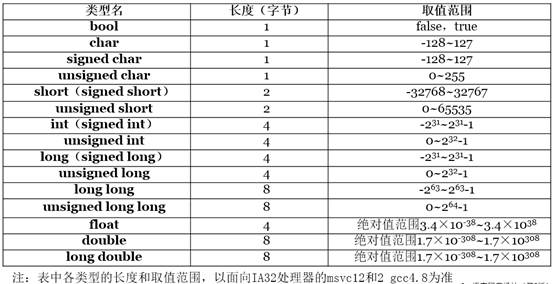I have a table that records a row for each unique user per day with some aggregated stats for that user on that day, and I need to produce a report that tells me for each day, the no. of unique users in the last 30 days including that day.
eg.
- for Aug 31st, it'll count the unique users from Aug 2nd to Aug 31st
- for Aug 30th, it'll count the unique users from Aug 1st to Aug 30th
- and so on...
I've looked at some related questions but they aren't quite what I need - if a user logs in on multiple days in the last 30 days he should be counted only once, so I can't just sum the DAU count for the last 30 days.
Bigquery SQL for sliding window aggregate
BigQuery SQL for 28-day sliding window aggregate (without writing 28 lines of SQL)
So far, my ideas are to either:
- write a simple script that'll execute a separate BigQuery for each of the relevant days
- write a BigQuery UDF that'll execute basically the same query for each day selected from another query
but I've not found any examples on how to execute another BigQuery query inside an UDF, or if it's possible at all.



